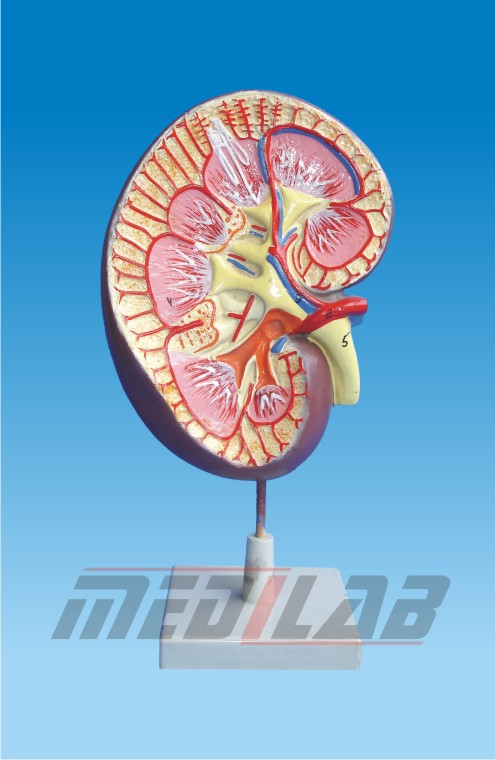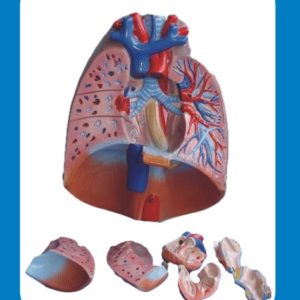Description
A Kidney Model is an essential educational tool used in medical schools, biology labs, and healthcare training to study the anatomy and function of the human kidneys. These models help students and professionals visualize the structure of the kidneys and their role in filtration, urine production, and homeostasis.
Features of a Kidney Model
- Detailed Anatomical Representation – Includes the renal cortex, medulla, renal pelvis, ureters, and blood vessels.
- Removable Sections – Some models feature dissectible parts to study internal structures.
- Color-Coded Components – Different areas of the kidney are highlighted for better visualization.
- Durable Material – Made from high-quality PVC or resin for long-term use.
- Labeled Structures – Numbered parts for easy identification.
- Life-Size & Enlarged Models – Available in realistic sizes or larger versions for detailed study.
Types of Kidney Models
- Basic Kidney Model – Displays the external and internal kidney structure.
- Sectional Kidney Model – Provides a cutaway view of internal structures, including nephrons.
- Kidney with Adrenal Gland Model – Includes the adrenal glands for endocrine system study.
- Nephron & Glomerulus Model – Focuses on microscopic kidney filtration units.
- 3D Transparent Kidney Model – Offers a layered view of kidney functions.







